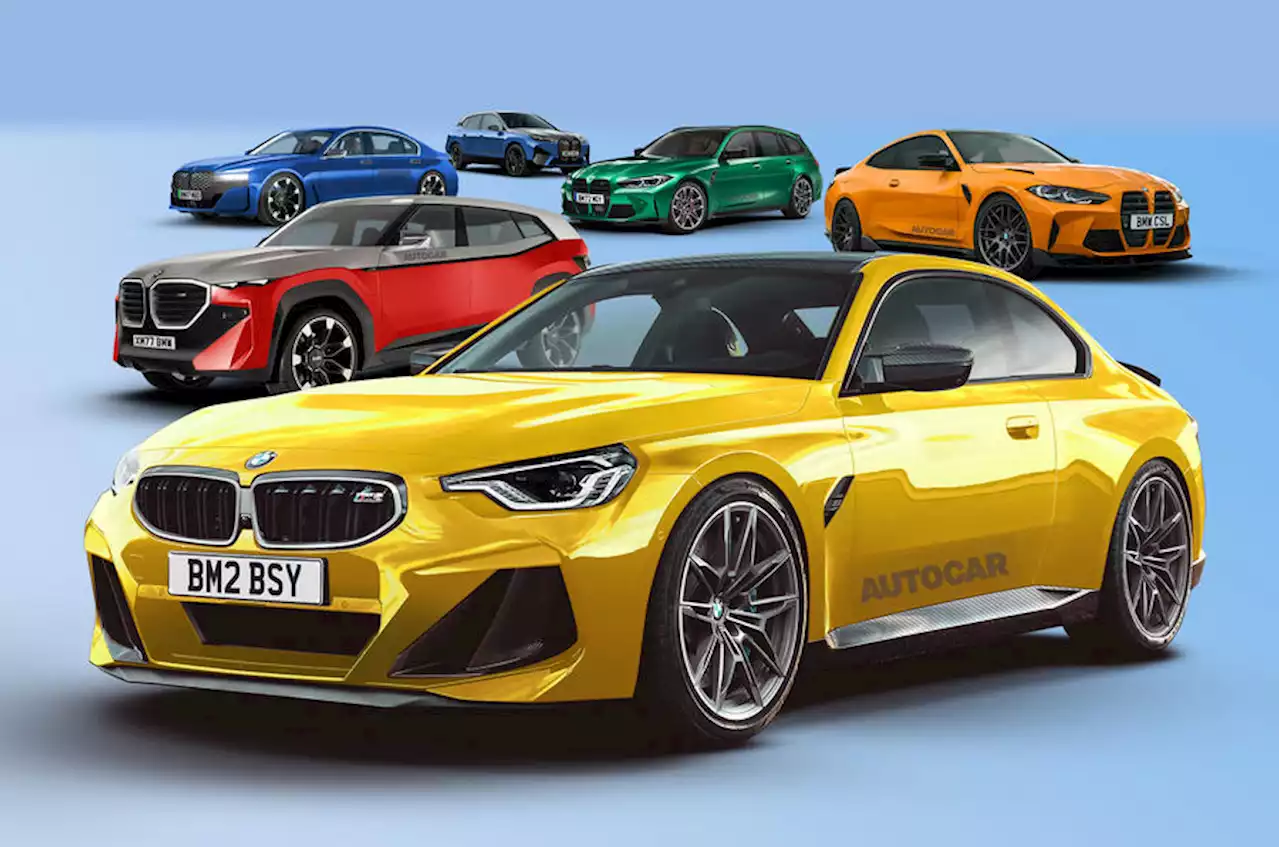BMW is to launch a wave of new performance models in the 50th anniversary year of its storied M division
It will pick up where the previous-generationleft off and can be expected to adopt a similarly outlandish aero package, Alcantara-intensive interior, sportier suspension, carbon-ceramic brakes and lightweight body panels.
A power hike is also on the cards to further differentiate it from the M4 Competition, potentially courtesy of modifications derived from the M4 GT3 racer, which makes 582bhp from its 3.0-litre engine.The XM is only the second bespoke model from M division, but it is poles apart from the mid-engined M1 supercar that spearheaded M’s push into road cars in the late 1970s.
Like that car, the XM will kick-start a radical new era for Munich’s performance brand, being the first model in the division’s portfolio to adopt a plug-in hybrid powertrain. As previewed by last year’s Concept XM, this will take the form of a petrol-electric system built around the firm’s venerable 4.4-litre V8, as used by the M5.
With a single electric motor boosting its combined reserves to 740bhp and 734lb ft, it is set to be the most powerful road car BMW has yet produced, and while it is likely to weigh well over two tonnes, it will also be among the fastest. A projected electric range of 50 miles from a battery of more than 20kWh in capacity will also give the XM one of the longest engine-off ranges of any BMW PHEV.
The production car, tipped to be revealed towards the end of this year, will largely retain the outlandish exterior styling and radical new interior treatment shown on the concept, which hints at a stylistic shift for BMW M’s electrified cars. The next-generation M5, however, which will use a variation of the V8 PHEV drivetrain, will be more traditionally styled when it arrives in 2023.
